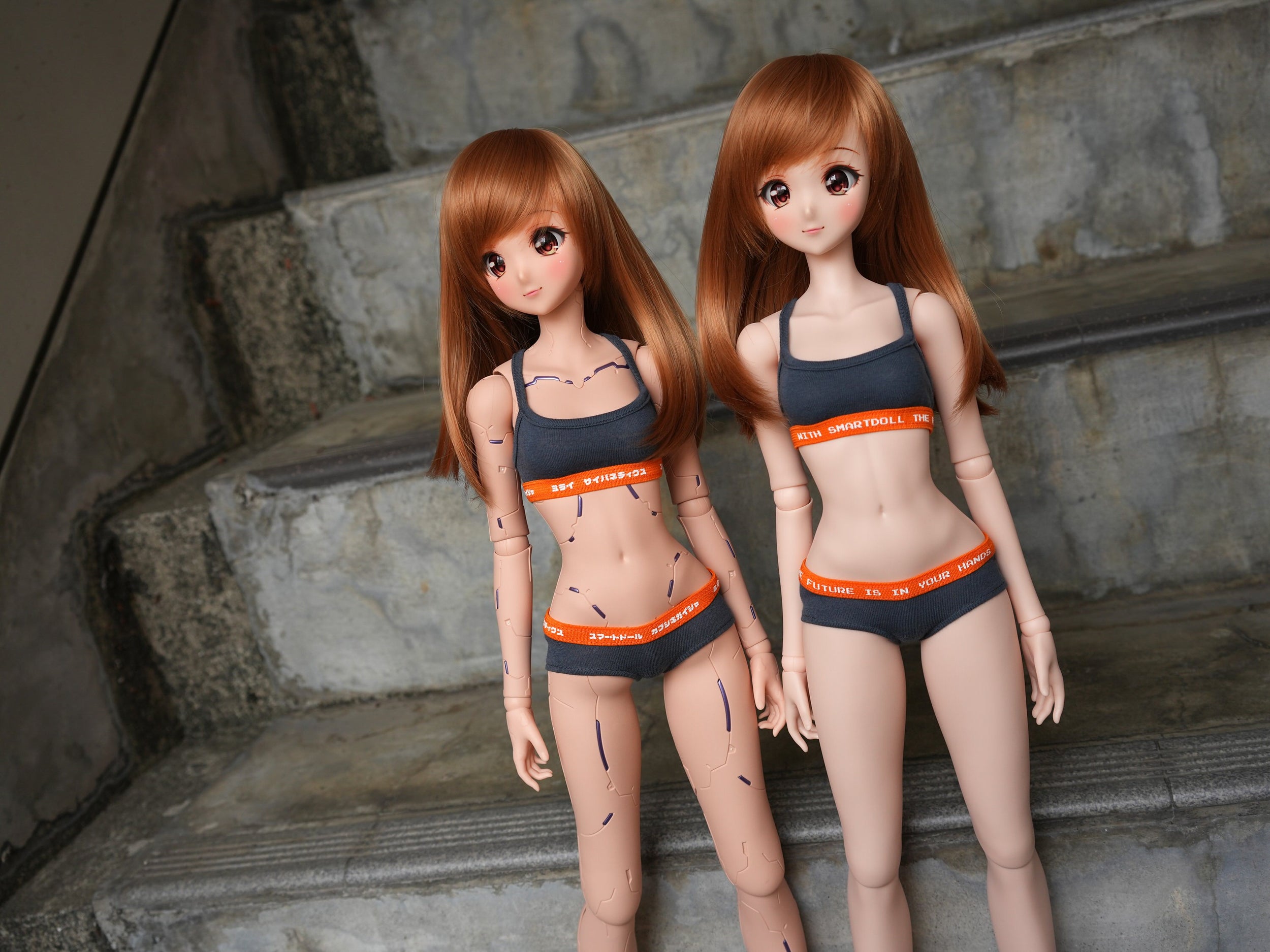
Comparison: Cinnamon Cortex on the left, Milk on the right.
We’re planning a limited revival of the Milk skin tone—but before we do, it’s important to set clear expectations so you can make an informed decision and avoid disappointment.
Our core human skin tones will continue to be Cocoa, Coffee, Cinnamon, and Tea—which is already a handful, especially when you factor in the added complexity of managing multiple tones across multiple body types like the Pear body, Guys body, and Cortex. So Milk will follow our approach for limited-edition colors: priced accordingly and released in small batches that may sell out periodically during the run.
The new milk-colored POM (polyoxymethylene) frame was developed to match our Milk sofubi as closely as possible. However, it appears slightly pinkish and more translucent than the POM frames used in early Smart Doll releases over a decade ago.
This variation is largely due to the grade of POM now in use—its increased translucency results in a subtle subsurface scattering effect. This optical property causes light to softly diffuse through the material, helping the frame visually blend with the sofubi under ambient lighting—even when the colors don’t match exactly.
To clarify, the current batch of Milk sofubi uses the same formulation we’ve always used. However, as with any sofubi—regardless of tone—slight variations in hue and finish can occur from batch to batch, influenced by factors such as pigment dispersion, humidity, and curing conditions.
If you’re planning to pair older Milk parts with new ones, please consider the effects of oxidation. Over time, exposure to light and air gradually alters the chemistry of sofubi, particularly in lighter tones. This can lead to subtle color shifts, meaning your older Milk parts may no longer match freshly made ones—even if they started out identical.
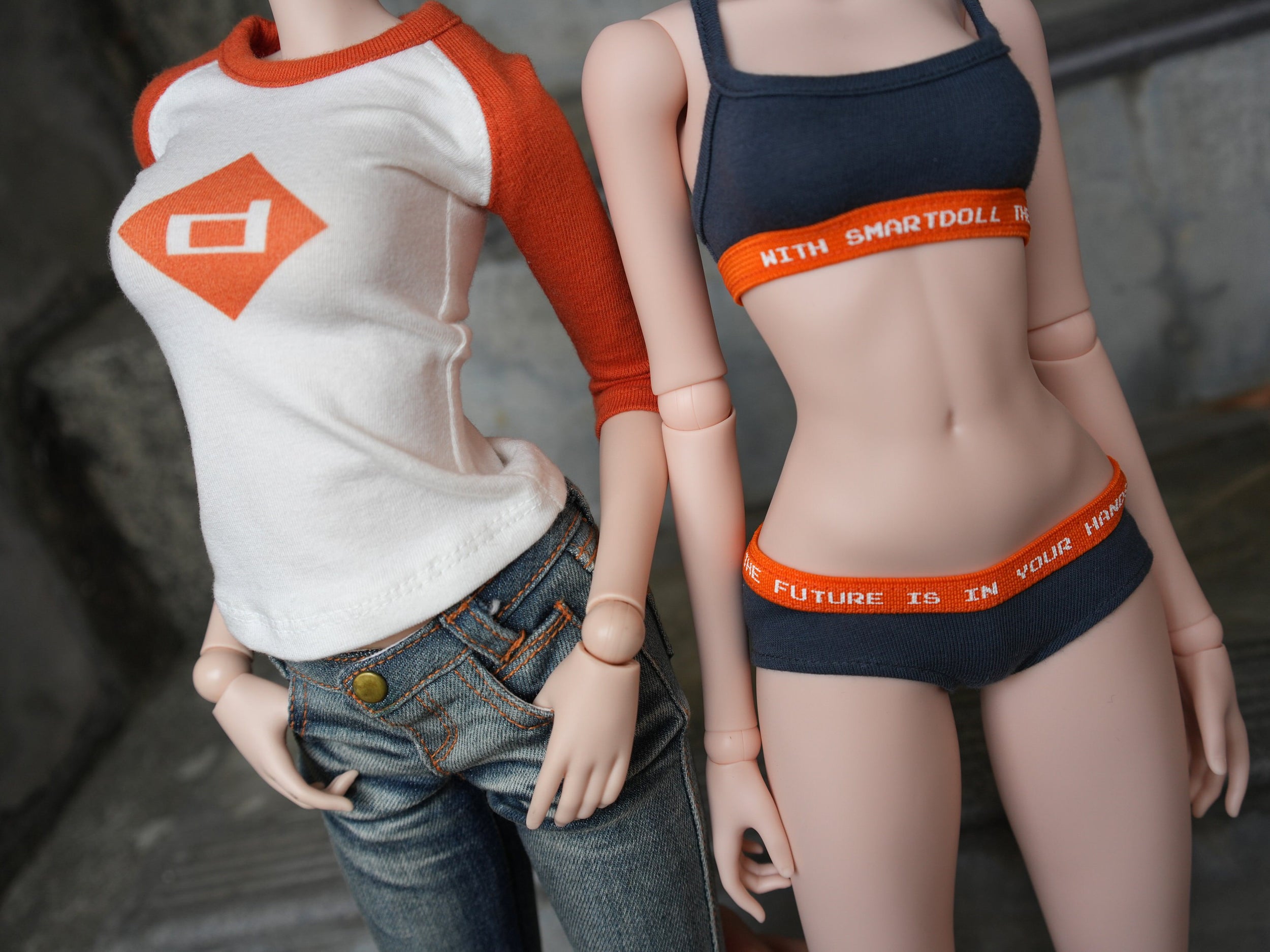
Comparison, 2014 Milk on the left, 2025 Milk on the right.
Why lighter skin tones shift in color more noticeably than darker tones
Lighter sofubi tones—like Milk—are more prone to visible color shift over time, primarily due to photo-oxidation, where exposure to light and air slowly alters the sofubi’s molecular structure. Paler tones reflect more light and contain less pigment, making even minor changes more noticeable than on darker tones like Cinnamon or Cocoa.
Why lighter sofubi appears to “yellow” faster:
Lower pigment density = less UV protection
Light-colored sofubi contains less pigment. Pigments—especially in darker tones—help absorb or block UV rays. With fewer pigments, more ultraviolet energy reaches the polymer, accelerating photo-oxidation and leading to discoloration.
Discoloration is more visible on pale surfaces
All sofubis oxidize, but yellowing or browning is more obvious on light bases. On darker tones, similar degradation is often masked by the deeper color.
Subtle changes stand out more on light tones
Light-colored materials reveal even small shifts in gloss, tone, or texture, as there’s less visual “noise” to hide them.
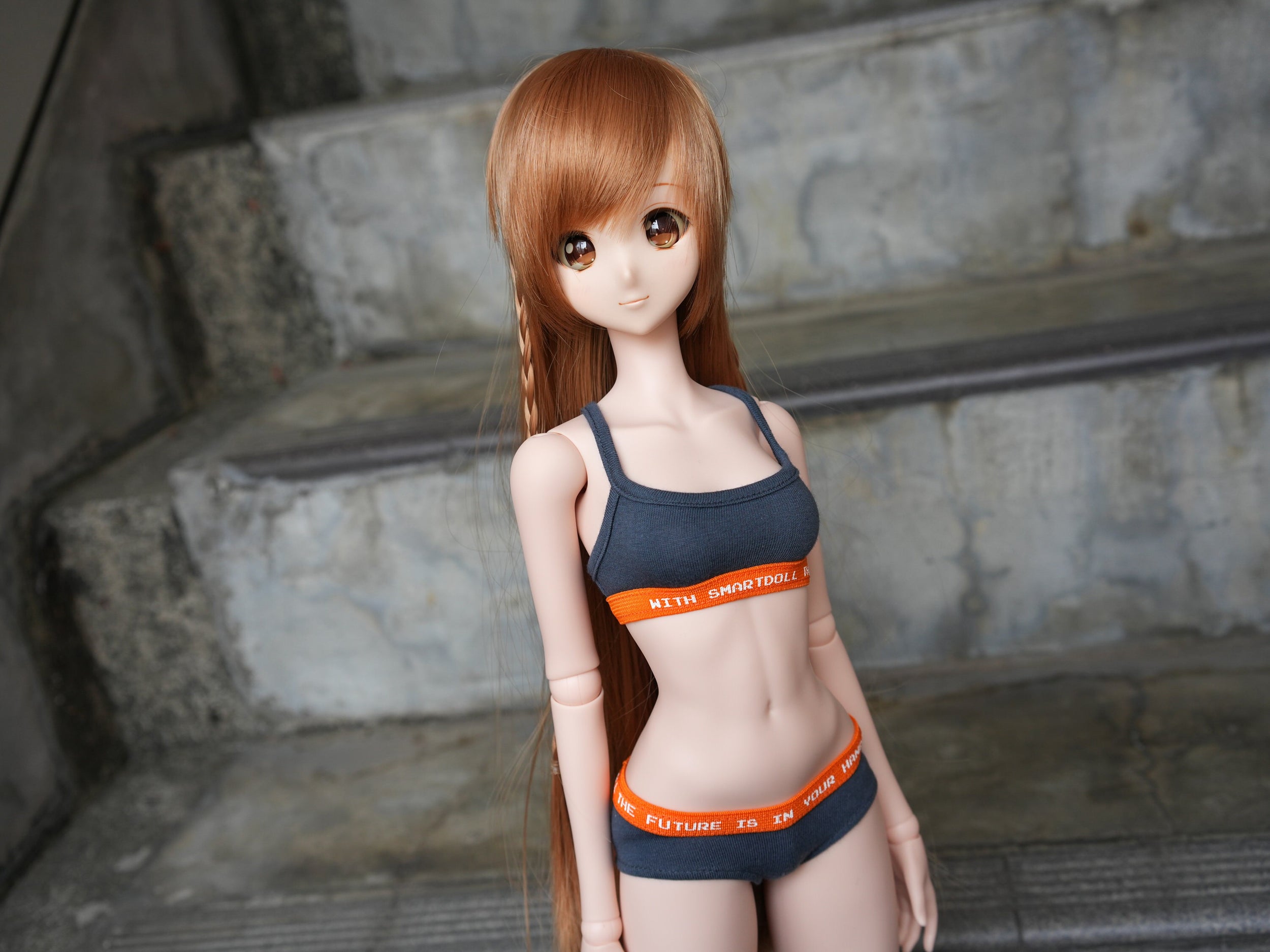
2014 Milk Mirai head coupled with the 2025 Milk body.
If you’re thinking of swapping your current Milk body:
Pairing an older Milk head with a new Milk body may not be as visually jarring as you’d expect. The underside of the chin creates a natural break—unlike the seamless connection between bust and torso—so any mismatch may be less noticeable. That said, it really depends on the age and condition of your current Smart Doll.
Because color perception varies widely—and because we’ve done our best to explain the context and science—we strongly recommend waiting for reviews and photos from other customers before making your decision. We do not accept returns on milk items due to perceived color mismatches. Because these variations are inherent to the materials we use, we ask that you proceed only if you’re comfortable with these characteristics
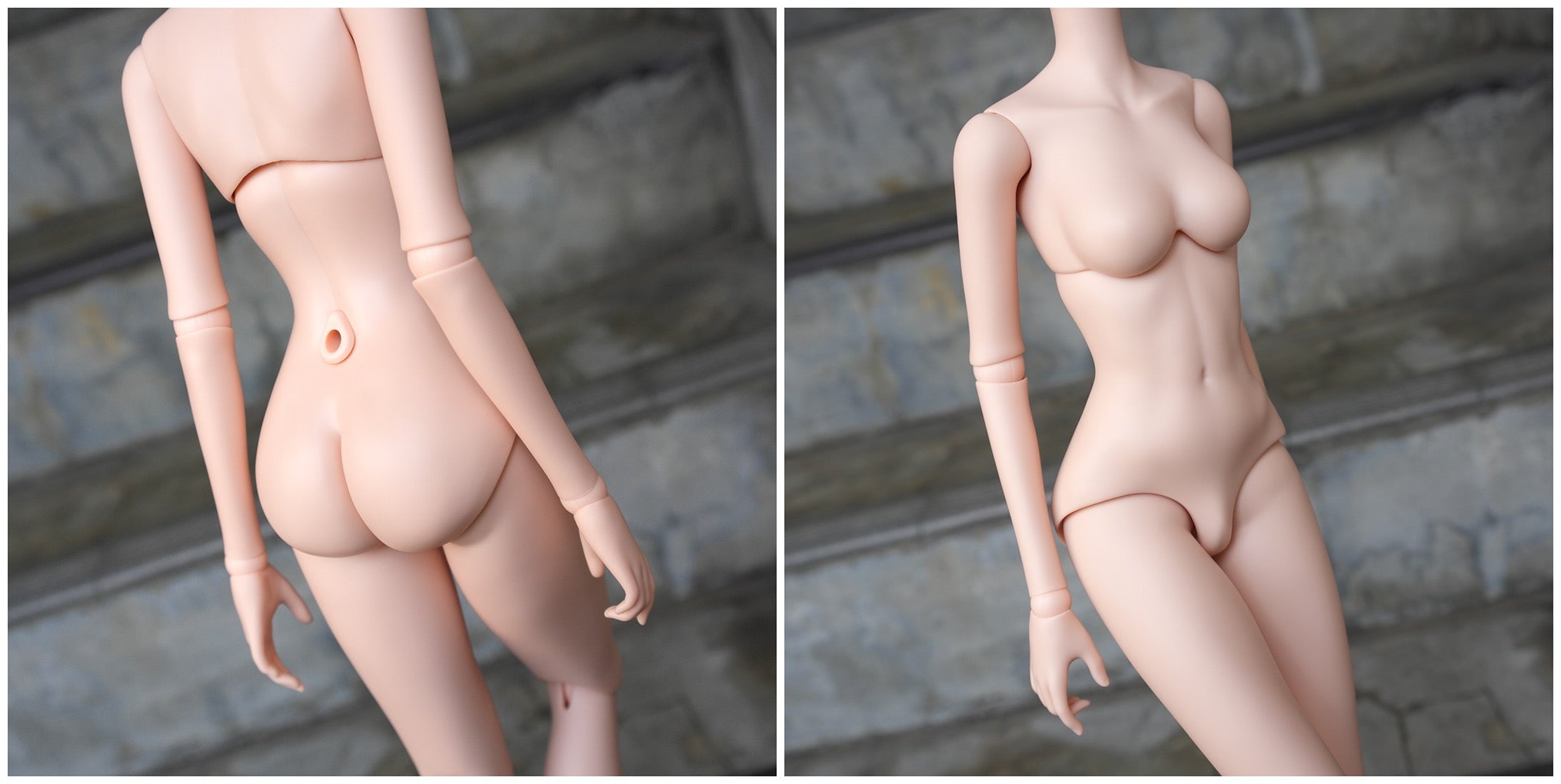
Coming soon - Full Soft Peach Body in Milk
First up: full soft sofubi Milk Peach bodies—something many of you have asked for so you can upgrade existing Milk characters with the Evolve frame. We’ll also offer Milk option parts like hands and busts.
Initially, we had no plans to release characters in Milk—but after prototyping Mirai Anniversary in the tone, she slapped me and said if I didn’t release her, she’d do it again. Melody will also be joining the Milk lineup as I vividly remember her milk tone back when we developed her (she was supposed to be Super Girl ;-)
While we don’t yet have a firm timeline, we’re hoping to release some Milk guys and Pear girls in the future. Once initial demand settles, we also plan to offer uncut sofubi parts (for both guys and girls) along with frames for folks interested in building hybrids with other brands.
Why we aren’t bringing Milk back as a permanent skin tone
We’ve chosen to focus on four core human tones—Cocoa, Coffee, Cinnamon, and Tea—because we believe that darker skin tones beyond Cinnamon still deserve far more representation in the doll world.
We completely empathize with those who feel we’re not doing enough in this area—and you’re right. There’s still much work to be done across the industry, and we’re trying to play our part in that space with the resources we have.
Lighter tones like Milk are undeniably beautiful, but they’re already well represented by esteemed companies such as Volks, Azone, Obitsu, and Angel Philia. Rather than compete in an already saturated category, we aim to complement the broader ecosystem by offering something different.
That’s why Milk will remain a limited-edition color, released only when production capacity allows.


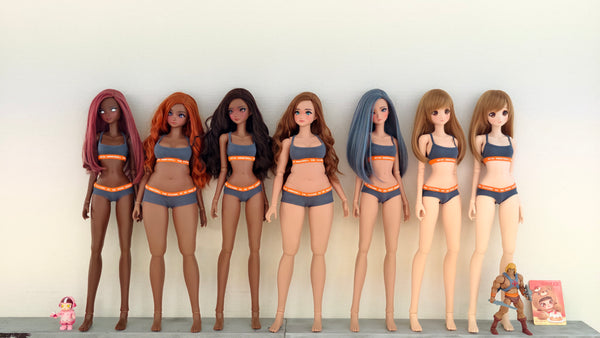

 While the head and hands will be vinyl - you have a choice of two different types of body - one is referred to as Cortex and the other as Vinyl. Both body types are pre-built.
While the head and hands will be vinyl - you have a choice of two different types of body - one is referred to as Cortex and the other as Vinyl. Both body types are pre-built.


